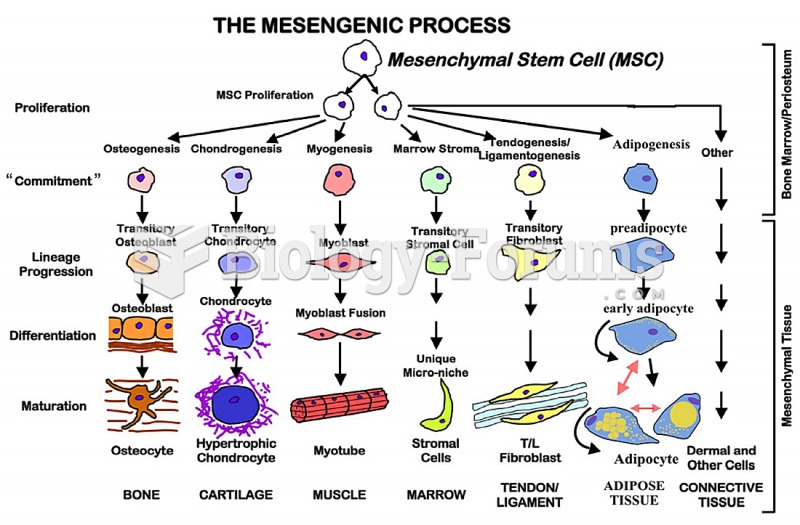Answer to Question 1
Oligotrophic waters are low in nutrients while eutrophic waters have high levels of nutrients. As the water of an oligotrophic body becomes enriched with nutrients, numerous changes are set in motion. First, the nutrient enrichment allows the rapid growth and multiplication of phytoplankton, increasing the turbidity of the water. The increasing turbidity shades out the SAV that live in the water. With the die-off of SAV, there is a loss of food, habitats, and dissolved oxygen from their photosynthesis. Phytoplankton has a remarkably high growth and reproduction rate. Under optimal conditions, phytoplankton biomass may double every 24 hours, a capacity far beyond that of benthic plants. Thus, phytoplankton soon reaches a maximum population density, and continuing growth and reproduction are balanced by die-off. Dead phytoplankton settles out, resulting in heavy deposits of detritus on the lake or river bottom. In turn, the abundance of detritus supports an abundance of decomposers, mainly bacteria. The explosive growth of bacteria, consuming oxygen via respiration, creates an additional demand for dissolved oxygen. The result is the depletion of dissolved oxygen, with the consequent suffocation of fish and shellfish. In sum, eutrophication refers to this whole sequence of events, starting with nutrient enrichment, and proceeding to the growth and die-off of phytoplankton, the accumulation of detritus, the growth of bacteria, and, finally, the depletion of dissolved oxygen and the suffocation of higher organisms.
Answer to Question 2
Water rises to the atmosphere through evaporation and returns to the Earth's surface after condensation through precipitation. This process purifies water because only water evaporates. All impurities are left behind during the process of evaporation. After condensation of the evaporated water, only water is present. Water will remain clean as it returns to the Earth's surface as long as it does not fall through an area with air pollution. Green water is water in the soil and in organisms that eventually ends up as water vaporthe main source of water for natural ecosystems and rain-fed agriculture. Blue water is renewable surface water runoff and groundwater rechargethe focus of management and the main source of water for human withdrawals.







